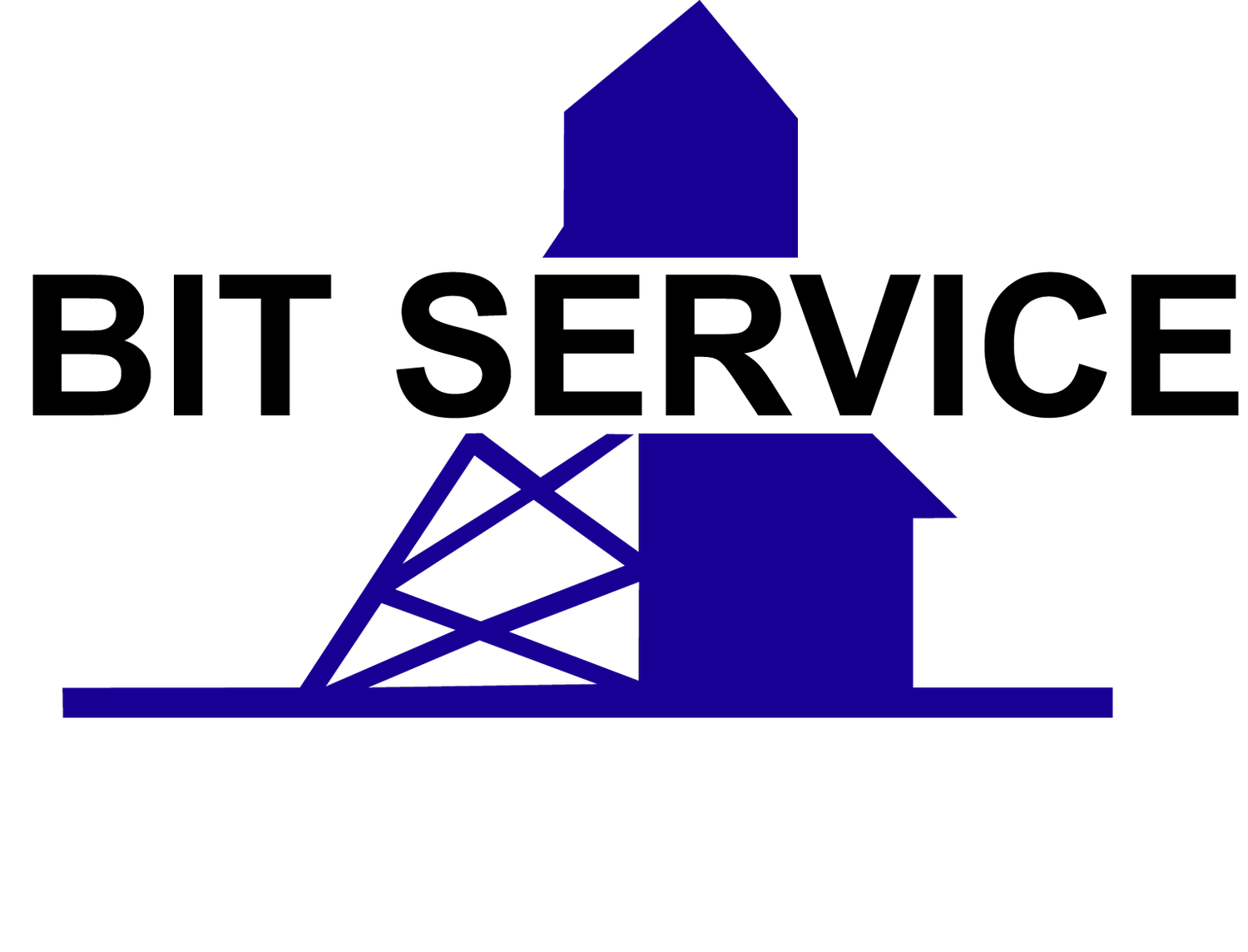4 FACTORS THAT AFFECT CUTTING PERFORMANCE
By: Scott Bahr
Let’s talk about performance. When it comes to mechanical cutting performance, there are many factors which contribute the achieving the desired levels. Having a full understanding of the conditions will allow for an excellent initial implementation of a carbide bit equipped cutting assembly. Sometimes even when the conditions are not clear, the carbide bits themselves will certainly let you know in other ways whether you have picked their ideal type for their optimum performance. We’ll explain this further below.
We are specifically talking about cutting performance and the four main factors that affect it.
EVERY BIT HAS A TYPE
As we alluded to above, type matters. Precisely, the type of material being cut in combination with the mining machine used will determine the style and profile of carbide bit you should use. Sometimes the selection is balanced as a compromise between penetration rate, wear life and overall cost per ton of the bit used. For example in a typical soft rock application, a carbide bit with a sharper profile in the carbide insert and bit body will perform far better than a carbide bit with a large blunt profile. This allows for a higher rate of penetration with lower dust generation but will be balanced by higher power requirements and increased maintenance costs in the driveline. In an harder and more abrasive application, where the higher torque and typically slower speed of the cutting assembly is desired, there is more emphasis put on carbide insert longevity, necessitating slightly more blunt profiles and modifications of the carbide grade. Again, it’s all about compatibility.
SPACING OUT
Whether you’re talking about a continuous miner, a road header, or a boring machine, bit spacing is an essential factor to consider, as it determines how the machine cuts—and the end result of the product being cut. The spacing needs to be considered with the material, the advance rate and power levels to ensure there is sufficient interaction between the cut material in the face to create proper fracturing. If the bit spacing is too narrow, the product size will be small, the advance rate will be hampered, and the bits will tend to grind at the material being cut, and it will produce excessive dust.
On the other hand, if the bit spacing is too wide, the product size will be too large, and if excessively wide the previously mentioned interactions between cuts will not occur, coring will result and prevent proper advancing. In both cases of spacing concerns, bit life will be reduced which could cause them to fail prematurely. It is important to find the balance to reach the desired output.
WHAT’S YOUR ANGLE?
By angle, we mean the attack angle of the bit, which is a key factor to be aware of when cutting. The attack angle is the angle at which the bit contacts the product being cut. In the case of a conical bit if the attack angle is too shallow, the bit will not cut effectively, rotation is hampered which means there is a high chance that the bit will wear and fail prematurely. Additionally, it may not cut enough clearance for the bit block and could cause the bit block to wear prematurely.
If the attack angle is too steep, the cutting action becomes too aggressive and risks breakage due to the bit being side-loaded by the material being cut.
Bottom Line: To make the most of the life of your carbide bits, finding the right angle is a must.
KEEPING IN SHAPE
Just like we work to maintain our physical conditions through fitness, exercise, and proper nutrition, it is important to keep the cutting assembly’s bit blocks and carbide bits in good condition. The reason for this is that if bits are neglected and allowed to become worn, the machine needs to work harder to accomplish the same amount of output compared to when the bits are new and well-maintained. When the block becomes worn, the bit is allowed to move excessively, which causes unwanted, additional stresses that could result in the bit breaking. Reduction is then seen in overall performance, advance rate and quality of sizing of cut ore.
If you’d like to find out how Bit Service can help you maximize your cutting performance, reach out to us today, and one of our experts would be more than happy to get you started.
